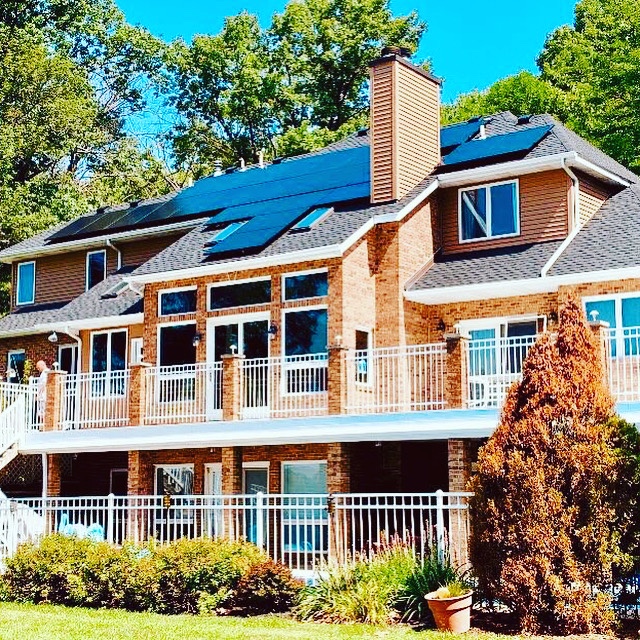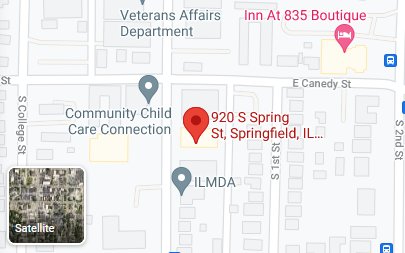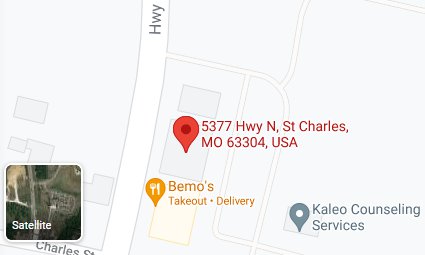

Solar energy is arguably the most advanced among the areas of sustainability.
There was a time when solar needed a lot of help in getting financed. How did the solar industry do it? How did the renewable energy industry, specifically in the United States, guide the consumers to choose solar and help the country in becoming more sustainable.
How does solar work? Solar systems convert sunlight into energy that we can use. The solar panels which are made up of photovoltaic cells are placed on the roof or on the ground, angled towards the sun and catch the sun during sun hours (sunrise to sunset). From the sunshine, the panels generate direct current energy. That energy goes into an inverter which converts direct current into alternating current which then flows right into the building as consumable power just like the electricity that one gets when plugging into the electrical wall sockets.
Solar energy adds value to a home and makes it more desirable in the market. Solar homes appreciate by 17%. When put in the market, houses with solar sell 20% faster than a comparable home with no solar energy system. The average residential solar system size installed is 3 kilowatts. For each kilowatt, homes tend to appreciate by $5,000.
As of the third quarter of 2019, United States has installed 71.3 gigawatts of solar systems, enough to power 13.5 million homes. As of 2018, the solar energy sector has created 334,992 jobs. Overall, clean jobs have outnumbered fossil fuel jobs nearly three to one.
Grid parity. Also referred to as socket parity, grid parity simply means that the cost of buying power from a solar panel is equal to or less than buying from the grid. At grid parity, solar becomes cheaper to buy than traditional sources like coal. It is safe to say that time will come when solar power will be cheaper than coal. It is estimated that by 2030, both solar and wind will be cheaper than coal, even without subsidies.
How to own solar? There are third party ownership and direct ownership options. Third party ownership means that somebody else owns the solar panels. The building owner does not have to pay any money to get the solar panels. Solar Lease and Power Purchase Agreement (PPA) are types of third party ownership. In solar leases, the building owner pays the solar provider – the one who owns the solar panels – a monthly fee, regardless of how much electricity the solar panels produce. In PPA’s, the building owner pays per month, per kilowatt-hour of energy that the system produces, as opposed to a fixed amount. Solar development finance companies raise capitals for investors interested in funding solar projects and work with end users to deliver the solar installations. Investors such as insurance companies, banks and utilities invest in solar projects if they can hit certain returns while minimizing risk by committing capital. Finance companies set up the fund for the joint venture, build and maintain the relationships and deploy the capital into solar projects that are estimated to produce the anticipated returns.
Direct ownership means that the building owner owns the solar panels and receives the tax credit for installing them. In 2014, 72% of solar installations were third-party ownership. However, in 2020, direct party ownership is expected to take over.
If one is unable to own a solar system for one reason or another, community solar allows one to benefit from solar energy. With community solar, anyone can pay into a solar system and will then share the photovoltaic cells. The cell owner receives credit from the production of the cells which can reduce his/her energy bill.
Growth in Solar Ownership. The Investment Tax Credit (ITC), initially passed in 2006 has had a huge impact in solar growth. The solar industry has grown an annual average of 52% since ITC was enacted. ITC is a 26% federal tax credit for solar systems on residential and commercial properties. Recently reduced from 30% to 26% beginning January 1, 2020, the next reduction will be in 2021 to 22%, and 10% in 2022.
Solar in Illinois. Many states, Illinois for example, have incentive programs supporting the development of new solar generation. Illinois Power Agency (IPA) runs a program called Adjustable Block Program which offers a set price for purchase of Renewable Energy Credits (RECs) via 15-year contracts from qualifying projects. IPA’s goal is to design a series of adjustable blocks with prices that will elicit the maximum amount of deployment at the least possible cost, with a high level of certainty and transparency for market participants. The initial goal for the Adjustable Block Program is to have enough RECs under contract to result in 1,000,000 RECs being delivered annually by the end of the 2020 ‐ 2021 delivery year, entailing approximately over 660 megawatts of new photovoltaic generation in the state.

